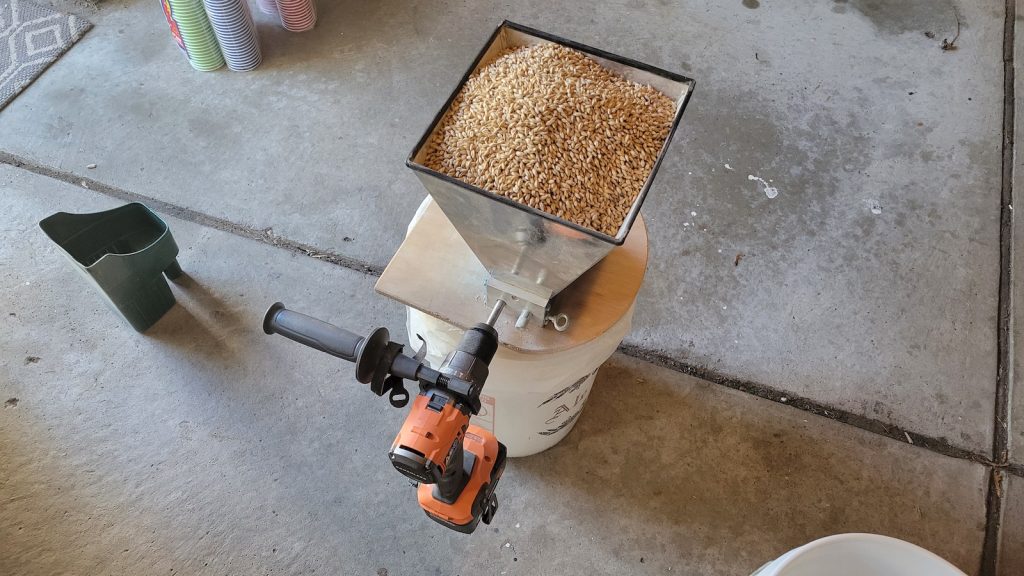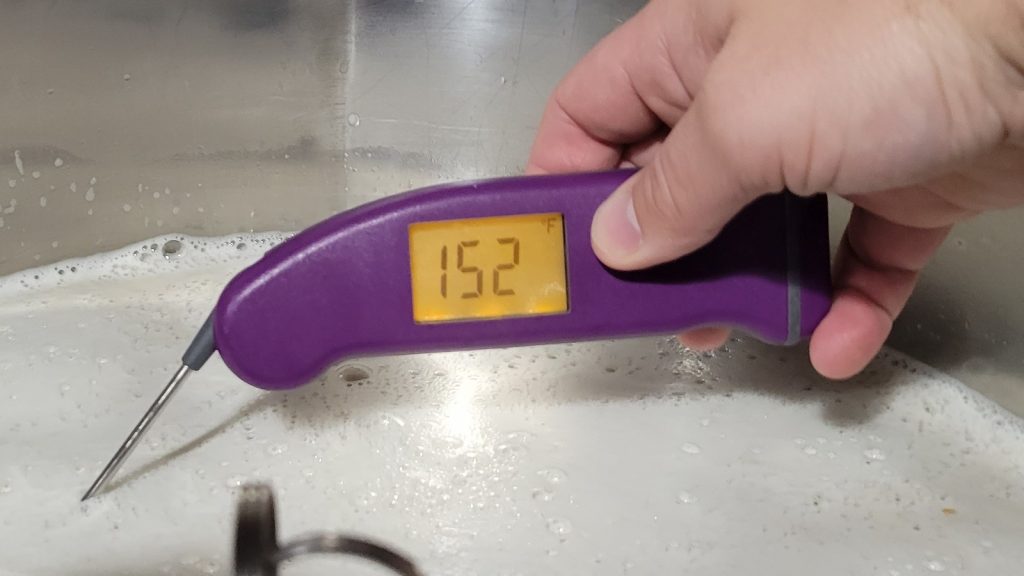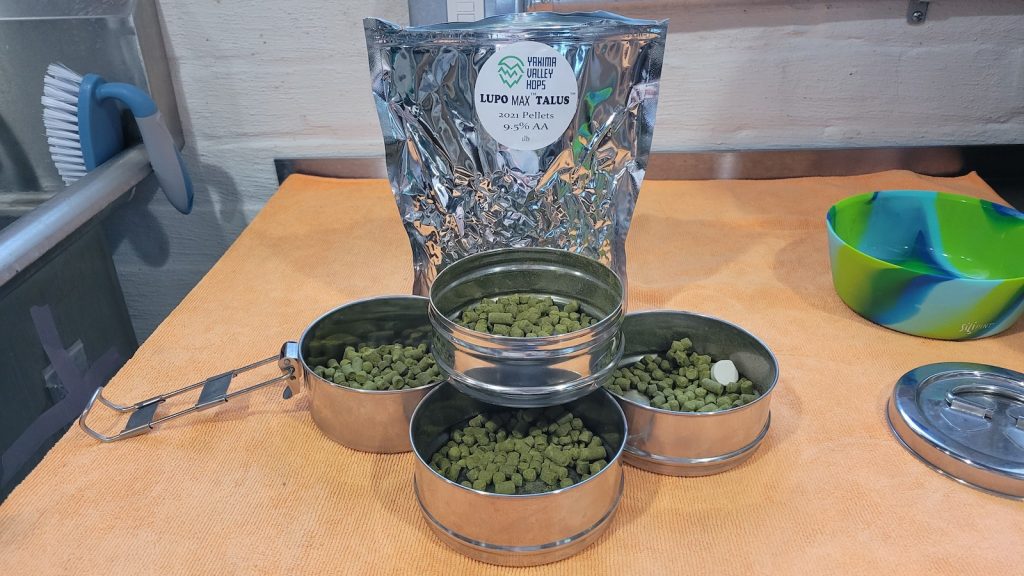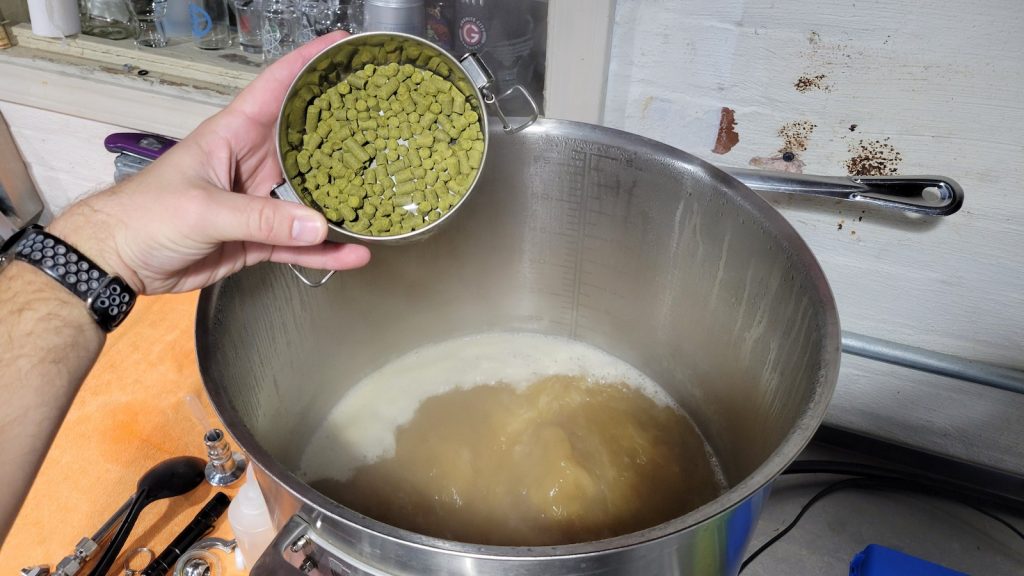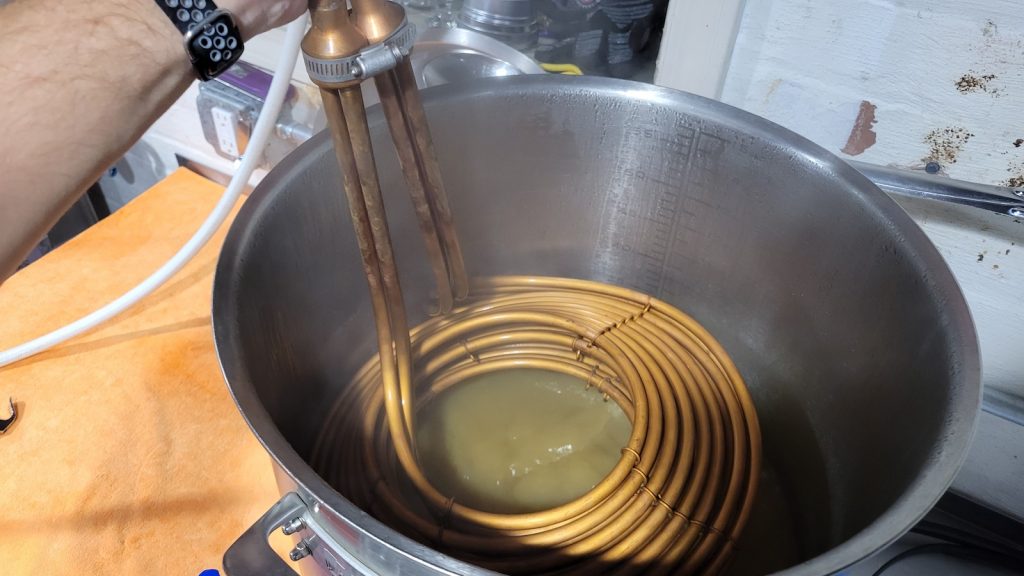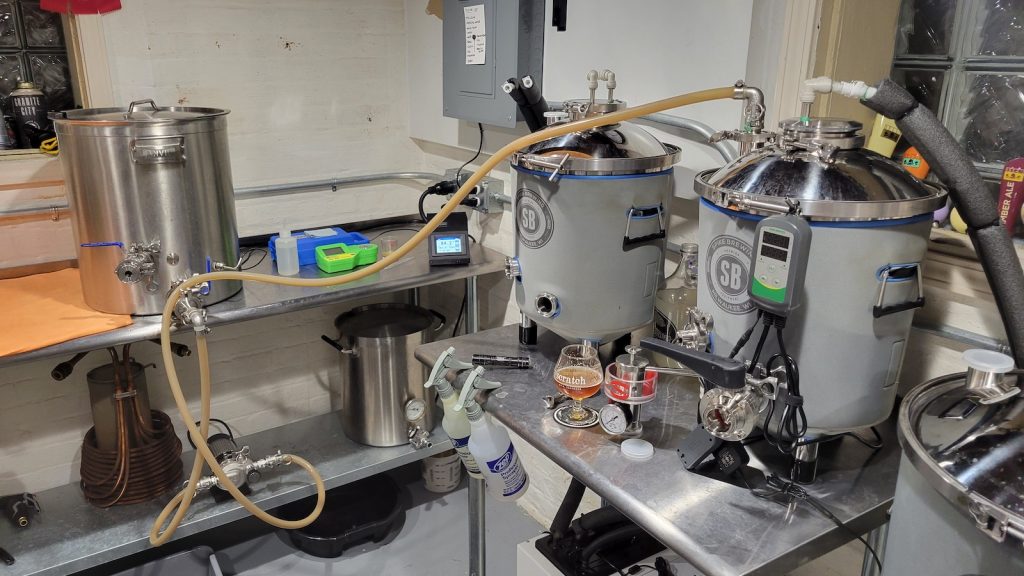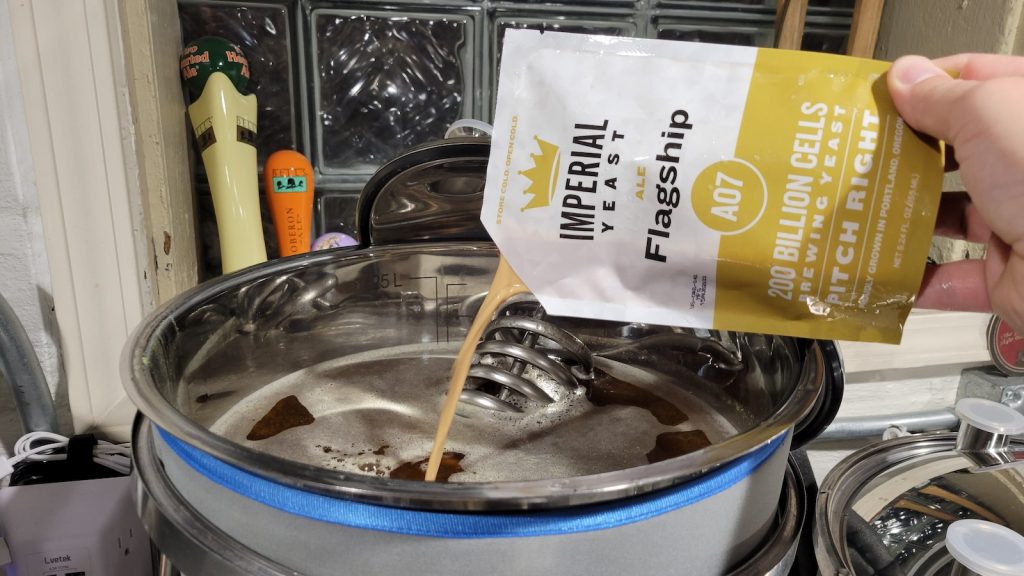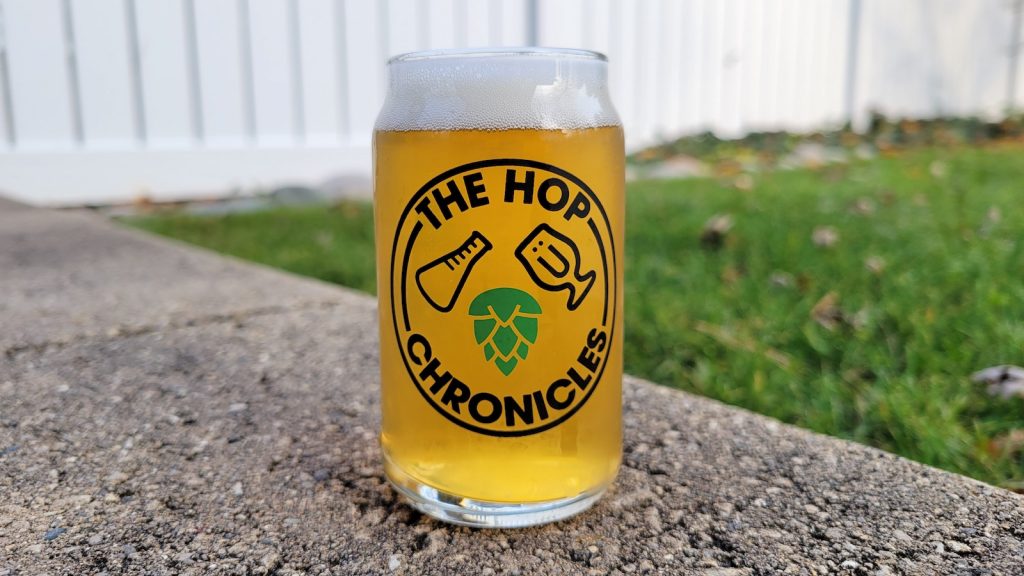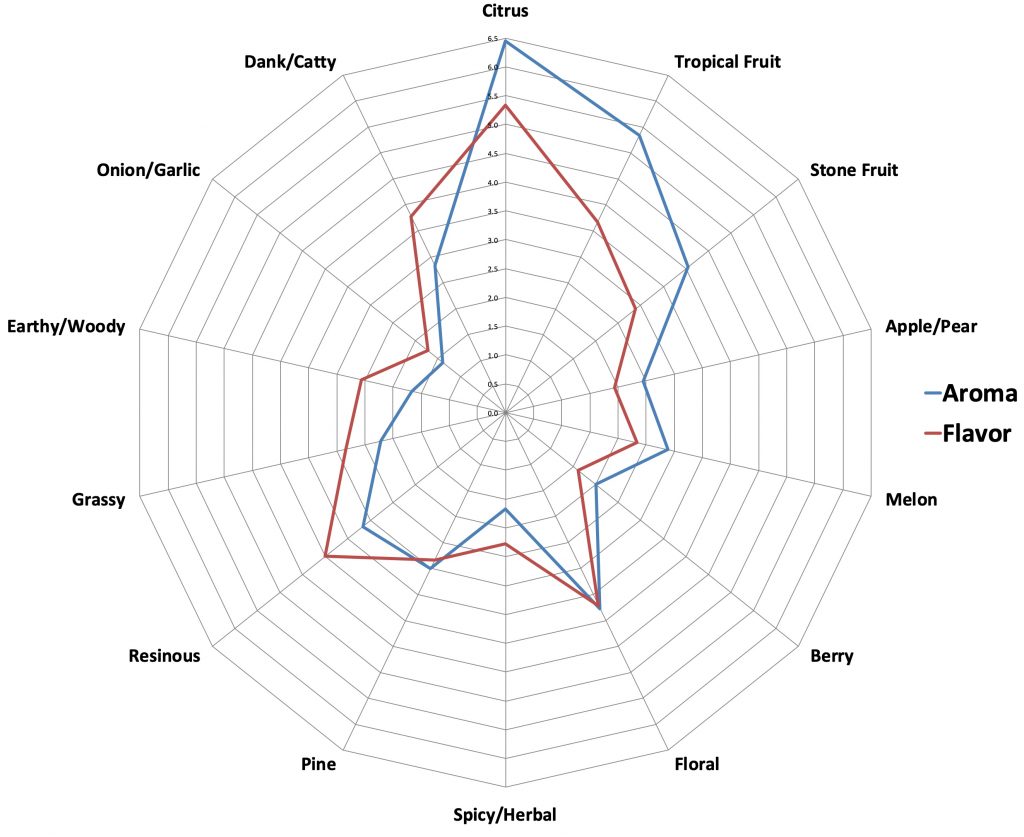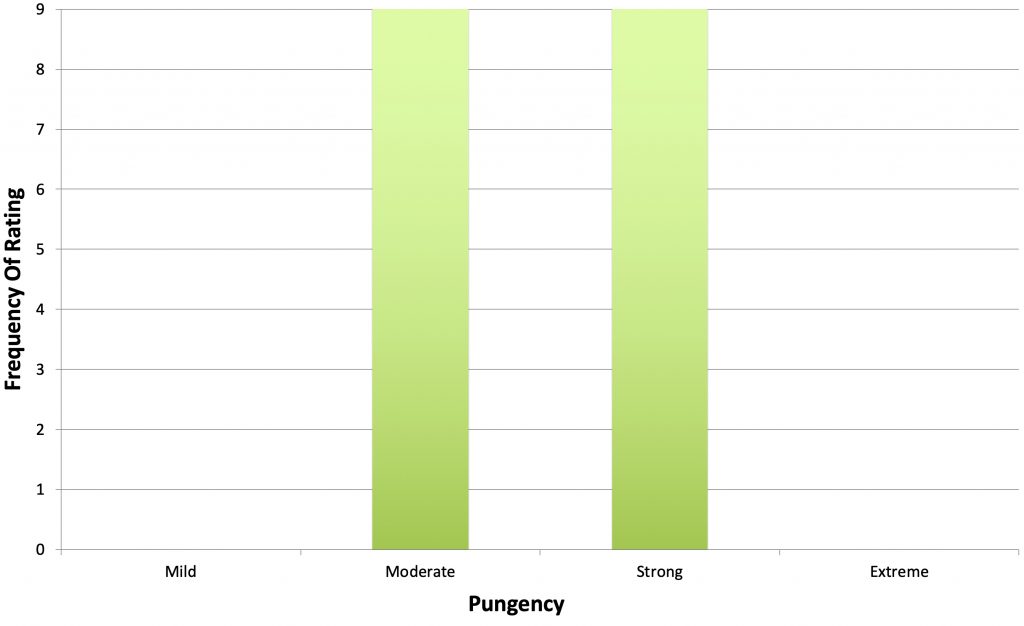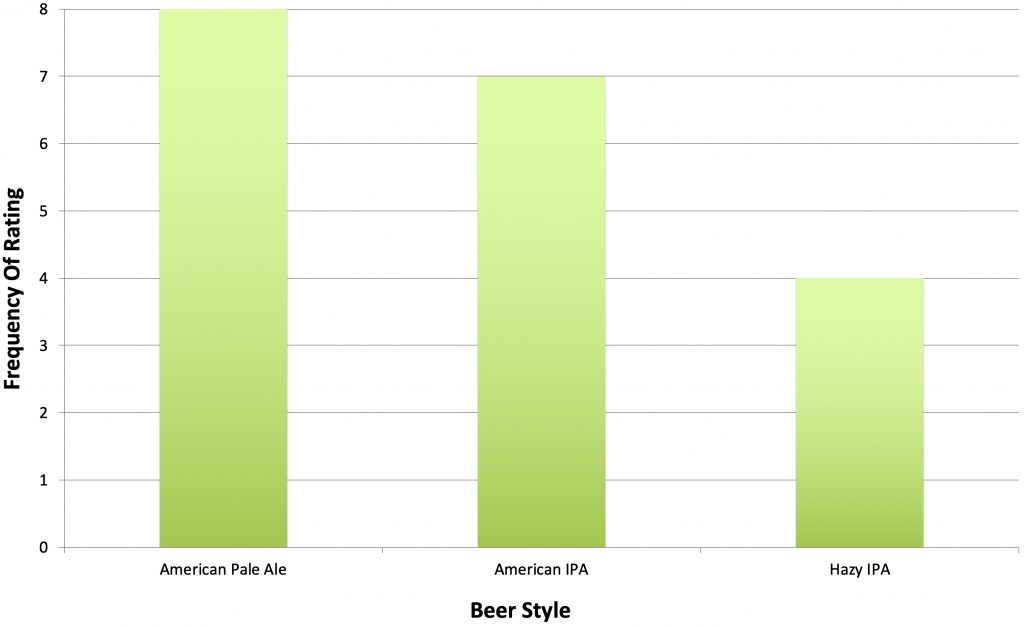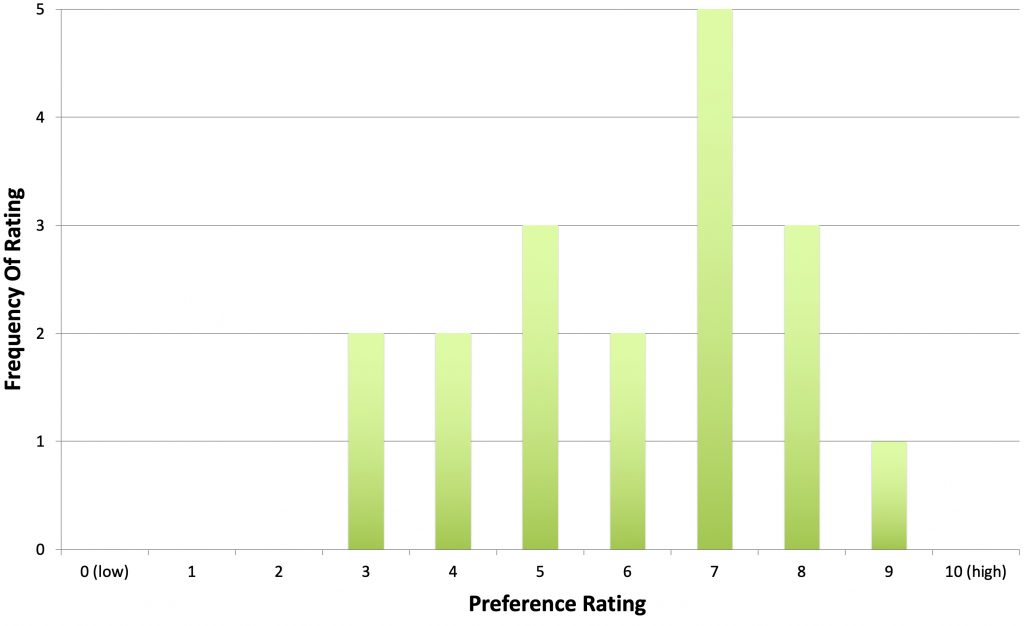Author: Mike Neville
Known for contributing a unique combination of citrus, floral, wood, coconut, and pine characteristics to beer, Talus originally hit the market in 2020, and the response from brewers has been largely positive. More recently, Haas released a LUPOMAX version of this modern variety, which given its higher concentration of lupulin, allows brewers to use less while achieving the desired pungency.
Alpha: 9.5%
Beta: 8.3 – 10.2%
Cohumulone: 34 – 39% of alpha acids
Total Oil: 2.0 – 2.7 mL/100g
Myrcene: 45 – 55%
Humulene: 15 – 20%
Caryophyllene: 6 – 10%
Farnesene: 0.1 – 1%
Linalool: 0.2 – 0.4%
Geraniol: 1.5 – 2.5%
ß-Pinene: 0.7 – 0.9%
Parentage: daughter of Sabro and open pollination
Given how new it is, my experience with Talus has been limited, but overall, I’ve enjoyed what it imparts to hoppy American Pale Ale and IPA. When I learned Haas would be releasing a LUPOMAX version, I was excited to see how it’d do on its own in a simple ale.
| MAKING THE BEER |
As usual, I went with our standard Hop Chronicles Pale Ale recipe, making minor adjustments to the kettle hop additions to ensure a proper level of bitterness.
Talus LUPOMAX Pale Ale
Recipe Details
| Batch Size | Boil Time | IBU | SRM | Est. OG | Est. FG | ABV |
|---|---|---|---|---|---|---|
| 5.5 gal | 30 min | 39.5 | 6.6 SRM | 1.054 | 1.008 | 6.04 % |
| Actuals | 1.054 | 1.008 | 6.04 % | |||
Fermentables
| Name | Amount | % |
|---|---|---|
| Lamonta: Pale American Barley Malt | 10 lbs | 83.33 |
| Vanora: Vienna-style Barley Malt | 2 lbs | 16.67 |
Hops
| Name | Amount | Time | Use | Form | Alpha % |
|---|---|---|---|---|---|
| Talus LUPOMAX | 21 g | 30 min | Boil | Pellet | 9.5 |
| Talus LUPOMAX | 28 g | 10 min | Boil | Pellet | 9.5 |
| Talus LUPOMAX | 28 g | 5 min | Boil | Pellet | 9.5 |
| Talus LUPOMAX | 57 g | 2 min | Boil | Pellet | 9.5 |
| Talus LUPOMAX | 57 g | 4 days | Dry Hop | Pellet | 9.5 |
Yeast
| Name | Lab | Attenuation | Temperature |
|---|---|---|---|
| Flagship (A07) | Imperial Yeast | 77% | 32°F - 32°F |
Notes
| Water Profile: Ca 125 | Mg 20 | Na 8 | SO4 310 | Cl 56 |
Download
| Download this recipe's BeerXML file |
After collecting the full volume of water, adjusting it to my desired profile, and getting it heating up, I weighed out and milled the grain.
When the water was properly heated, I incorporated the grains and set the controller to maintain my desired mash temperature of 152°F/67°C.
During the mash rest, I prepared the kettle hop additions.
Once the 60 minute mash was complete, I removed the grains and proceeded to boil for 45 minutes, adding hops at the times stated in the recipe.
When the boil was complete, I used my JaDeD Brewing King Cobra IC to quickly chill the wort.
A refractometer reading showed the wort was at my target OG.
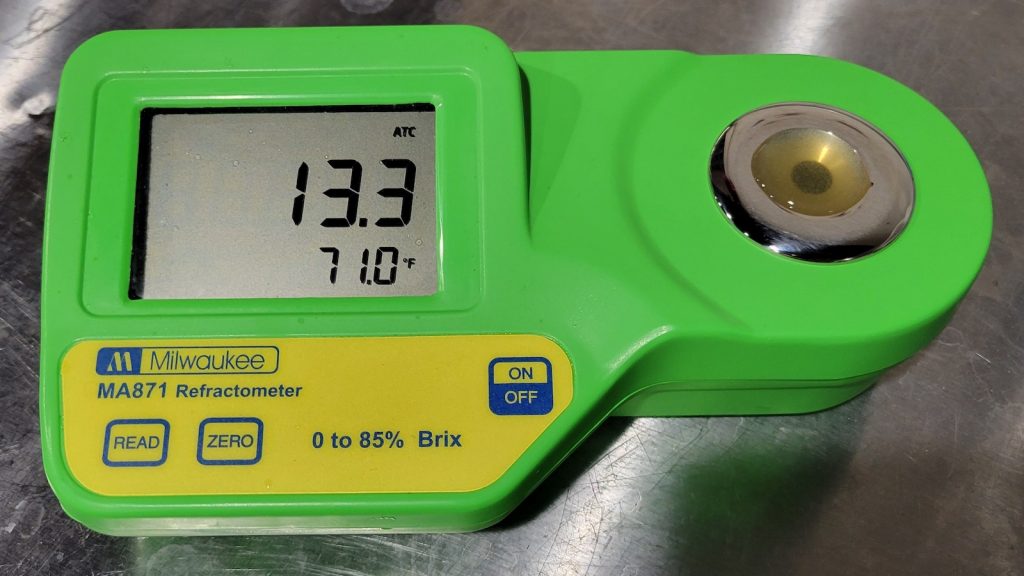
I then transferred the wort to a sanitized Spike FLEX+ fermenter.
I used my glycol chiller to bring the wort down to my desired fermentation temperature of 68°F/20°C before pitching a single pouch of Imperial Yeast A07 Flagship.
After 4 days of fermentation, I added the dry hops then left the beer alone for another 4 days before taking a hydrometer measurement confirming FG was reached.
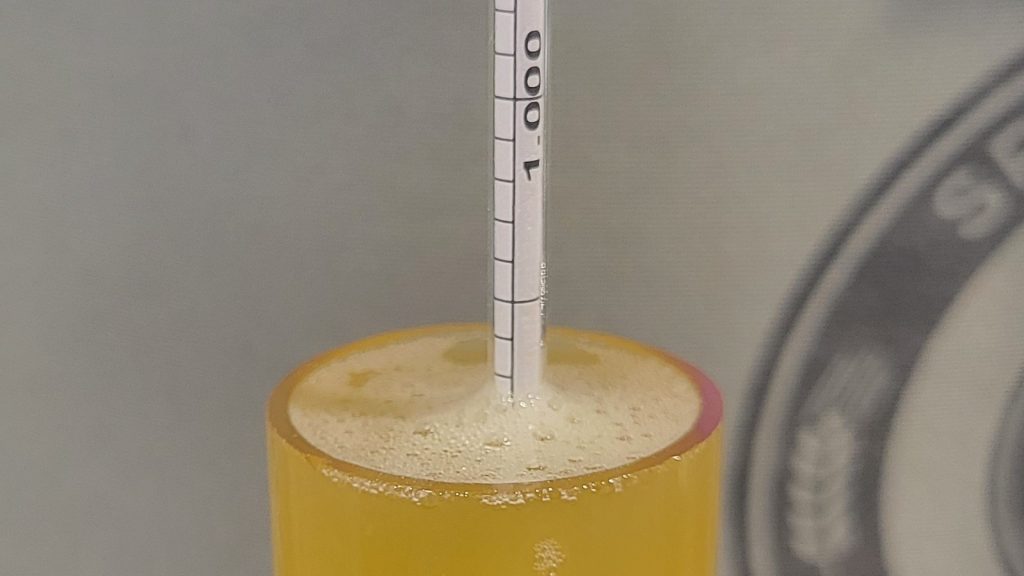
With fermentation complete, I cold-crashed the beer for 24 hours then pressure-transferred it to a CO2 purged keg, which was placed in my keezer and burst carbonated overnight before the gas was reduced to serving pressure. After a week of conditioning, it was ready to serve to blind tasters.
| METHOD |
Participants were instructed to focus only on the aromatic qualities of the beer before evaluating the flavor. For each aroma and flavor descriptor, tasters were asked to write-in the perceived strength of that particular characteristic on a 0-9 scale where a rating of 0 meant they did not perceive the character at all and a 9 rating meant the character was extremely strong. Once the data was collected, the average rating of each aroma and flavor descriptor was compiled and analyzed.
| RESULTS |
A total of 18 people participated in the evaluation of this beer, all blind to the hop variety used until after they completed the survey. The average aroma and flavor ratings for each descriptor were plotted on a radar graph.
Average Ratings of Aroma and Flavor Perceptions
The 3 characteristics endorsed as being most prominent by participants:
| Aroma | Flavor |
| Citrus | Citrus |
| Tropical Fruit | Resinous |
| Stone Fruit | Dank/Catty |
The 3 characteristics endorsed as being least prominent by participants:
| Aroma | Flavor |
| Onion/Garlic | Berry |
| Spicy/Herbal + Earthy/Woody (tie) | Onion/Garlic |
| Berry | Apple/Pear |
Next, participants were asked to rate the pungency/strength of the hop.
Tasters were then instructed to identify beer styles they thought the hop would work well in.
Finally, participants were asked to rate how much they enjoyed the hop character on a 1 to 10 scale.
My Impressions: I perceived this beer as having very high grapefruit, to the point of being somewhat dank, with light flowery notes on both the nose and palate. I would describe the hop character as being up-front and pungent, which I thought was rather pleasant.
| CONCLUSION |
Released in 2020, Talus is one of the newer hops to hit the market and is said to contribute an interesting combination of characteristics to beer, which is due in part to it being the progeny of Sabro. While it packs a punch on its own, Haas’ LUPOMAX version offers brewers even more pungency while adding less vegetative matter to their beer.
The most prominent overall characteristic noted by tasters of a Pale Ale hopped entirely with Talus LUPOMAX was citrus, which aligns with existing descriptors. Curiously, while participants noted perceiving strong notes of tropical fruit and stone fruit in the aroma, the most common flavor descriptors after citrus were resinous and dank/catty. It’s likely this that explains the overwhelming opinion that APA/IPA is the ideal style for Talus LUPOMAX, in fact this was the first time since we started The Hop Chronicles that no other styles were endorsed.
Personally, while I enjoyed the danky grapefruit and floral notes I got from this single-hop Pale Ale, drinking it made me excited to use Talus LUPOMAX along with other modern varieties in future batches of IPA. I’ve rarely experienced the level of hop pungency in a beer as I did this single-hop Pale Ale, and to me, it was like an amplified version of some of my favorite old-school American varieties. I’ll definitely be using Talus LUPOMAX more in the future.
Talus LUPOMAX hops are available now at Yakima Valley Hops, get some while you can! If you have any thoughts on this variety, please feel free to share them in the comments section below.
Support Brülosophy In Style!
All designs are available in various colors and sizes on Amazon!
Follow Brülosophy on:
FACEBOOK | TWITTER | INSTAGRAM
If you enjoy this stuff and feel compelled to support Brulosophy.com, please check out the Support page for details on how you can very easily do so. Thanks!



